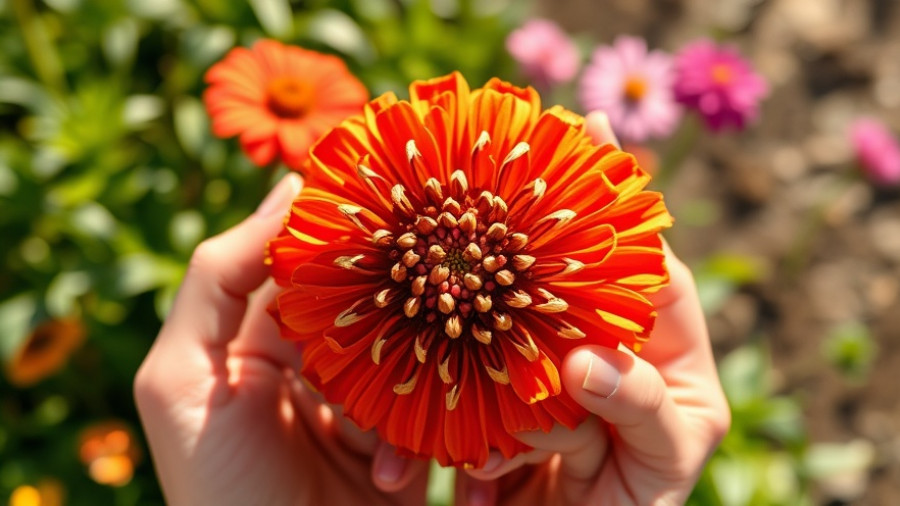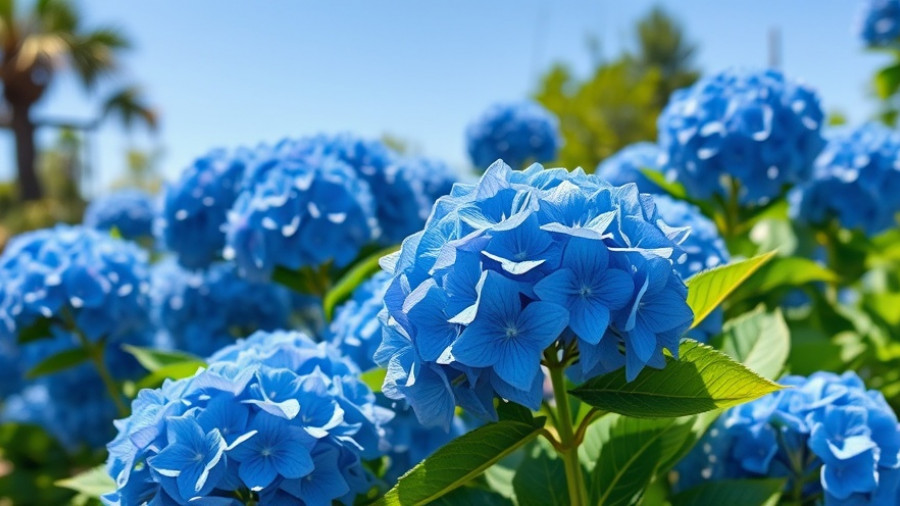
Timing is Everything: The Fall Garden Advantage
As summer reluctantly yields its vibrant bounty, the transition to fall presents an exciting opportunity for gardening enthusiasts. While the last tomatoes and zucchinis make their exit, a world of fall crops awaits, ready for harvest in the crisp air of autumn. Understanding when to plant a fall garden is essential, not only to maximize yield but also to savor the unique flavors these seasonal offerings bring.
Know Your Frost Dates: A Gardener's Key
One of the most crucial aspects of planning your fall garden centers around the anticipated frost date in your area. This date serves as a guideline for when to sow your cool-weather crops, ensuring they have ample time to mature before the chilling temperatures set in. A simple frost date calculator can provide you insights based on your local climate, allowing you to tailor your planting schedule accurately.
Choosing Your Fall Crops: Nutritional Benefits and Flavor
The selection of crops for a fall garden can be diverse and rewarding. Many gardeners lean towards root vegetables like carrots, turnips, and beets, which not only thrive in cooler soil but can also be left underground into the winter months, growing sweeter after a frost. Additionally, leafy greens such as kale, chard, and collards are perfect for fall planting, offering nutritious benefits and quick harvest time.
Top Choices for Your Fall Garden
- Root Vegetables: Carrots, beets, and radishes are excellent choices.
- Leafy Greens: Spinach, kale, and collards add variety and nutrition.
- Brassicas: Broccoli and cauliflower not only thrive in cooler temperatures but are also known for their rich flavors.
By opting for these fall crops, you're not just gardening; you're creating culinary opportunities that enhance your meals as the seasonal flavors take center stage.
Seasonal Planting Guides: Essential Tips
Utilizing a seasonal planting guide can facilitate more effective planning. Be mindful of your local climate and select vegetables that suit your growing zone. Gardening tools and local resources, such as community gardening classes and local garden centers, can provide valuable insights tailored to your specific area, further ensuring a thriving fall garden.
Practical Insights: Growing Techniques and Considerations
Incorporating techniques like mulching can provide the added benefit of retaining moisture in the soil and promoting healthier plants. Creating a layout for your garden that optimizes sunlight and drainage can also significantly impact growing conditions. Remember that mulching not only helps in maintaining soil temperature but also suppresses weeds—a gardener’s best friend as the season changes.
Emotional and Community Connections: Celebrating Harvest Together
Gardening in the fall can also be a communal experience. Whether you share your harvest with neighbors or participate in local farmers' markets, the joy of gardening can bring people together, cultivating relationships that mirror the growth of your plants. As you dig into the earth, you’re not just planting seeds; you’re nurturing community bonds that flourish alongside your garden.
Taking Action: Start Your Fall Garden Today!
The beauty of a fall garden lies in its capacity to enrich our lives and tables. With proper planning and understanding, your garden can become a source of joy and nourishment throughout the cooler months. So gather your seeds, plot your garden layout, and get ready to witness the fruitful rewards your fall garden is sure to bring!
 Add Row
Add Row  Add
Add 




Write A Comment